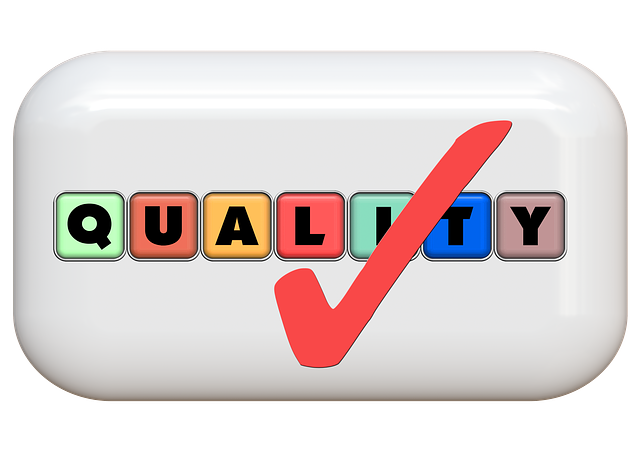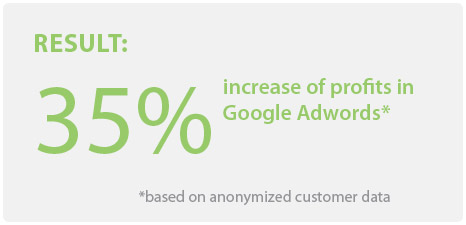How are you going to make a blast?
Pressing the “publish” button and get your site up and running isn’t everything about launching an online store. Technically, it’s all you need, but it doesn’t assure you of a successful launching.
To make the most out of your store debut, you need to go through some final touch-ups before presenting your final work to the public. Which ones are they?
Let’s find out.

1. SEO optimization
Attracting traffic is deadly crucial for any e-store, especially newly launched ones. Since you need a great amount of audience to starting nurturing your customer base.
You can rely on paid ads, such as Google Adwords, to draw more traffics to your store. But in this era when paid impressions, clicks and conversions are getting more and more costly, you can’t always compete with other big names to crawl higher on the search ranking page. Why not turn to improving your SEO strategy instead?
First, do some good research and find out the keywords you should target. Second, optimize your on-page SEO. Keywords can be sneaked into the product descriptions and blog articles. But don’t overdo it. People love compelling copy, not annoying, keyword-stuffed copy.
2. Email newsletter setup

Newsletter sign-up box on Shopify
Email is the powerful tool to approach and keep in touch with customers. The more emails a new e-store can collect, the more potential buyers they can reach out to. Don’t forget to save some area on your homepage for a newsletter sign-up box or make it pop up at a certain point. Incentives can also be included to give your visitors a nudge to subscribe.
When setting up your newsletter system, you have to consider which email provider to use, how to design your email templates, and figure out ways to create and perfect your email marketing campaign. Some popular email providers are MailChimp, Aweber and GetResponse.
Find out more about the best email marketing software of 2015 at this detailed review.
3. Site monitoring tool

A site monitoring tool like Google Analytics helps you keep tabs on how your store is doing. It gives you insights on the amount of your traffic, where your audience is coming from, what are they doing on your site and many other useful metrics, such as bounce off rate, conversion rate, number of page views, avg. time on site, etc.
There are many metrics available but you cannot and should not spend time and energy to track them all. It’s advisable to set a clear business goal and choose some key performance indicators (KPI) to follow and adjust to only.
For instance, when your store is in an early stage, you should focus on traffic acquisition or bounce off rate. When the store grows older, you can shift your concern to monthly sales or conversion rate.
4. Social media presence

If you want more eyeballs on your new store launching, you need a good amount of people talking about it. To create a vibrant community around your brand or product, being present on social media is a great option. The more active you are, the better you can boost your brand awareness and make your store become more popular.
Nevertheless, do keep in mind that setting up your social accounts across popular channels like Facebook, Twitter, YouTube, Pinterest, Instagram, Google Plus, etc is not the end of the story.
You have to come up with a detailed plan on how you are going to perform and get favored on those channels. It includes many smaller tasks, like increasing the number of followers, choosing what to post, when to post and how to engage the users, etc.
5. Site-wide testing

Mistakes, however small, may ruin a launching. Make sure you test everything on your site before putting it on the launcher.
First is proofreading. You should check your product descriptions, contact information, social media information and other copy for any grammar mistakes, typos, invalid images, broken links or duplicated content.
Second is testing your e-store’s function. Your shopping cart system should be tested in various scenarios to see if it works smoothly or not. It’s best to have a group of beta customers to aid you in this task. They may not only find out some bugs, but may also come up with better ideas to improve your site’s navigation, user interface or user experience in general.
6. Pre-launch engagement

Formulas for a successful site launching may vary, but one thing is certain. The more people expect your event, the higher chance you are going to succeed.
You don’t launch your new site for no one to see. You need to have a group of targeted audience who gets excited with the launching and are willing to participate in the event or spread their words about it. How are you going to do this? How are you going to engage your potential customers even before you have any site or product to show?
Pre-launch engagement can be done through social media. Prior to your site debut, let’s say, one month or more, create constant posts around your new product across all of your social channels. It’s best to go with some hint about a site-wide discount for early birds (buyers or subscribers or both). You can use some games to engage users as well.
A landing page is another good option for pre-launch engagement. You can put your “coming soon” message here with a countdown clock, a sign-up box and details about your promotions (sales offer or other incentives).
7. Plan B
You can never know what is going to happen, so always have room for a backup plan when things may go wrong. On your release date, the server may goes down, the shopping cart system may not work, or there’s an unexpected surge in traffic that your support resource cannot deal with.
Think of all the scenarios that may happen and how you are going to handle them. That’s how you secure the success of your store launching.
How many e-stores have you launched? Are there any memorable episodes around it? What is your take on the 7-point checklist above? Do you have better ideas to share? Just comment and let us know.




